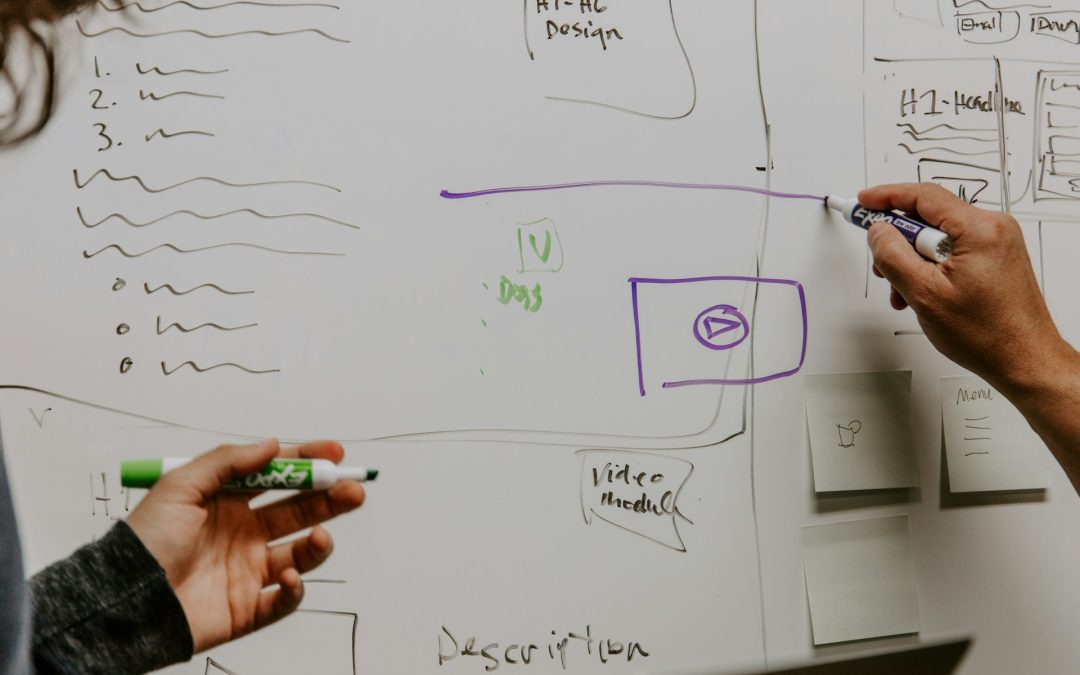Despite being effective in driving sales, the growth funnel has some limitations. One thing is to have a sales conversion, another thing is the retention after conversion. Growth pipelines outperform funnels in today’s market and drive real results.
In this article, we will examine how the funnel is sabotaging your growth and how a pipeline can fix it.
On the growth funnel
The growth funnel is a traditional model that represents the journey of turning leads into customers. It narrows down as it progresses, focusing on conversion stages such as awareness (capturing attention through marketing efforts); interest (engaging and educating potential customers); decision (persuading prospects to take action); and action (closing the deal). You can use the acronym AIDA to represent it.
The funnel’s progression is usually linear, and customers are passively engaged in your growth. That is why it places emphasis on acquiring customers rather than maintaining long-term relationships. The growth funnel is no longer sufficient for modern businesses that value customer relationships and long-term success. Hence the need for a growth pipeline.
The growth pipeline is it!
Unlike the funnel, a growth pipeline is dynamic, emphasizing sustained growth. It focuses on recurring customer engagement, customers’ lifetime value, and integration of various growth levers.
In other words, the growth pipeline reimagines the customer journey as a continuous process that prioritizes collaboration, retention, and scalability. It accentuates ongoing value creation and engagement beyond the initial sale. (Remember, every business grows by repeat sales).
Here, customer acquisition is just the beginning, not the end of the journey. Your focus is on delivering value, post-acquisition, and designing strategies to consistently offer personalized value to your customers, and effectively address their pain points.
For instance, you leverage customer data to offer personalized experiences, identify cross-sell or upsell opportunities, and meet them. In the pipeline, you go further to turn these loyal customers into fans by incentivizing referrals.
Go for a strategic shift
The transition from a growth funnel to a growth pipeline reflects a shift in how businesses conceptualize and manage their growth strategies. This requires a shift in mindset, where you see your customer success as a growth driver rather than treating them as transactional touchpoints.
Unlike the funnel, the pipeline doesn’t end. It also incorporates feedback loops where customers become advocates, fueling your further growth. The pipeline’s feedback loops help businesses adapt to customer needs and market shifts.
The pipeline offers long-term business growth compared to the linear and transaction-focused funnel. A well-designed pipeline is an ongoing engagement that will boost your customers’ lifetime value, and reduce churn.
Embrace the growth pipeline
It is important to view growth as an ongoing process where every interaction with the customers strengthens the relationship. Satisfied customers become brand ambassadors, feeding new opportunities into the pipeline. As the relationship with your customers strengthens, you’ll endlessly gather insights from them to refine your offerings.
It has become critical that you think beyond the funnel to something more – the pipeline. The funnels are limited in scaling your business but not the pipelines. I know you don’t want one-time sales but a continuous one running through pipelines. While the funnels create customers, pipelines build relationships.
The growth pipeline will help you to fuel lasting growth without burnout, and build stronger and lasting business. Why not transition from a growth funnel to a growth pipeline for a sustainable business future?
By adopting the growth pipeline, you can build a scalable growth engine, and make your customers active partners in your growth. So, stop pouring leads into a leaky funnel—build a growth pipeline instead.











my sake l always like reading your article,
it always energy’s me
and inspired.